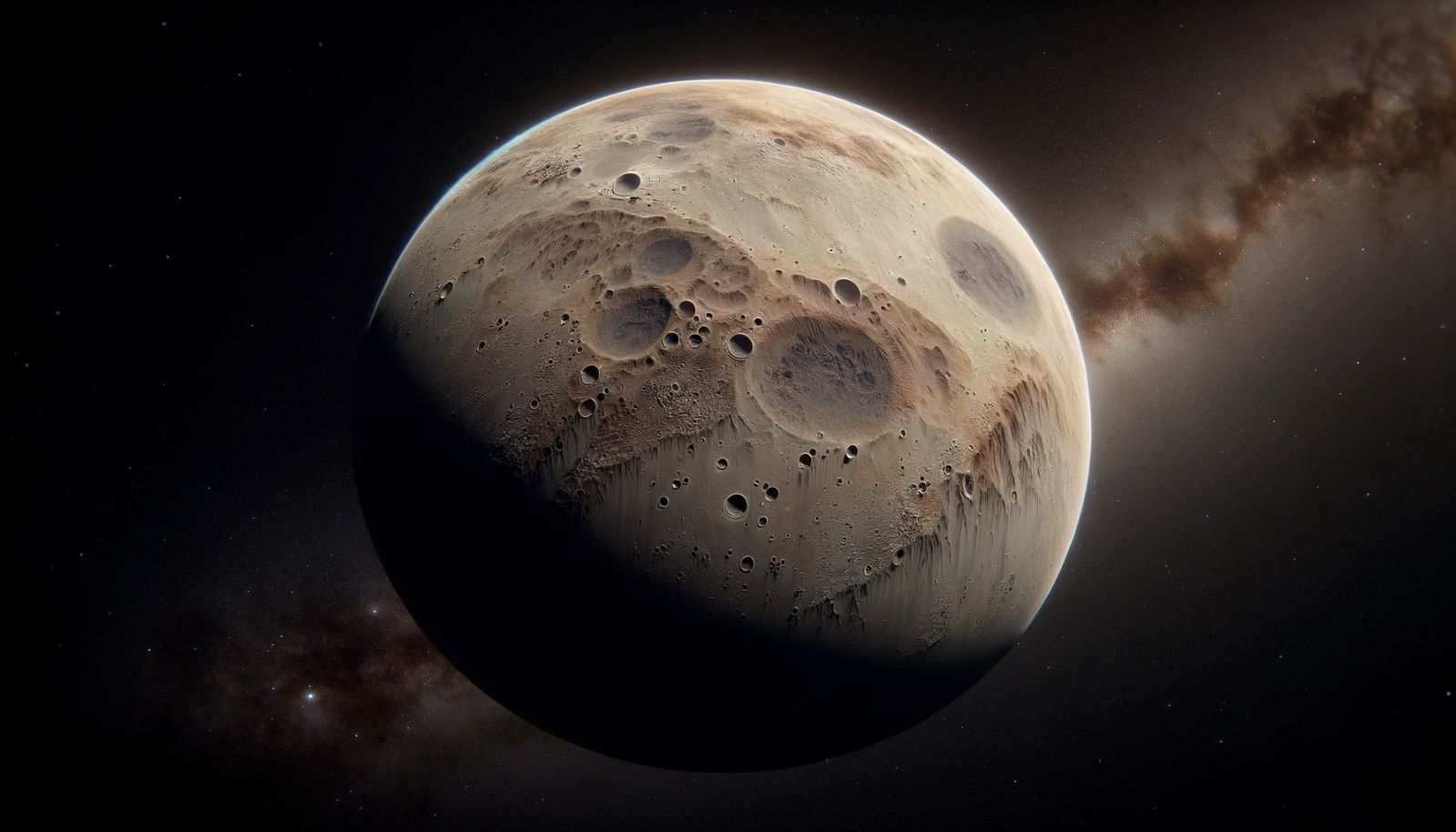This simulation predicts the existence of 3 to 5 unknown "terrestrial" planets in our Solar System
Follow us on Google News (click on ☆)

If these celestial bodies exist, they were likely originally free-floating planets (FFPs), planetary-sized objects not gravitationally bound to any star. FFPs might form in isolation in space or be ejected from their home stellar systems. The James Webb Space Telescope has already spotted hundreds of such planets in our galaxy, some with Jupiter-sized companions.
According to the research of Amir Siraj, an astrophysics Ph.D. candidate at Princeton University, it's plausible that in its youth, the Sun captured these wandering planets. Building upon previous models and observations of FFPs, Siraj conducted significant simulations. The outcomes hint at the possibility that the Sun could have snagged two planets about the size of Mars, or between three and five Mercury-sized planets. These planets might be located around 87,000 miles (1400 astronomical units) from the Sun, in a region known as the Oort Cloud.
This area of the Solar System is traditionally considered a vast reservoir of comets and icy objects. The insertion of rocky planets into this area would challenge our understanding of the Solar System's makeup and structure.
The detection of these potential rocky worlds would be distinct from the search for Planet X, a hypothetical Neptune-sized celestial body, assumed to exist due to the gravitational influence it has on Kuiper Belt objects.
The conditions on these hypothetical planets remain uncertain. Their great distance from the Sun suggests that light would be very faint, making the presence of liquid water unlikely. However, the scientific interest in these worlds is considerable, as they could offer new insights into planetary capture phenomena and the diversity of stellar systems.
The quest to find these planets will be a significant challenge. Their small size and the vast distances involved make detection difficult. The Vera C. Rubin Observatory, currently under construction in Chile, could play a pivotal role in this endeavor, provided that these planets are reflective enough and situated in a part of the sky visible from the Southern Hemisphere.